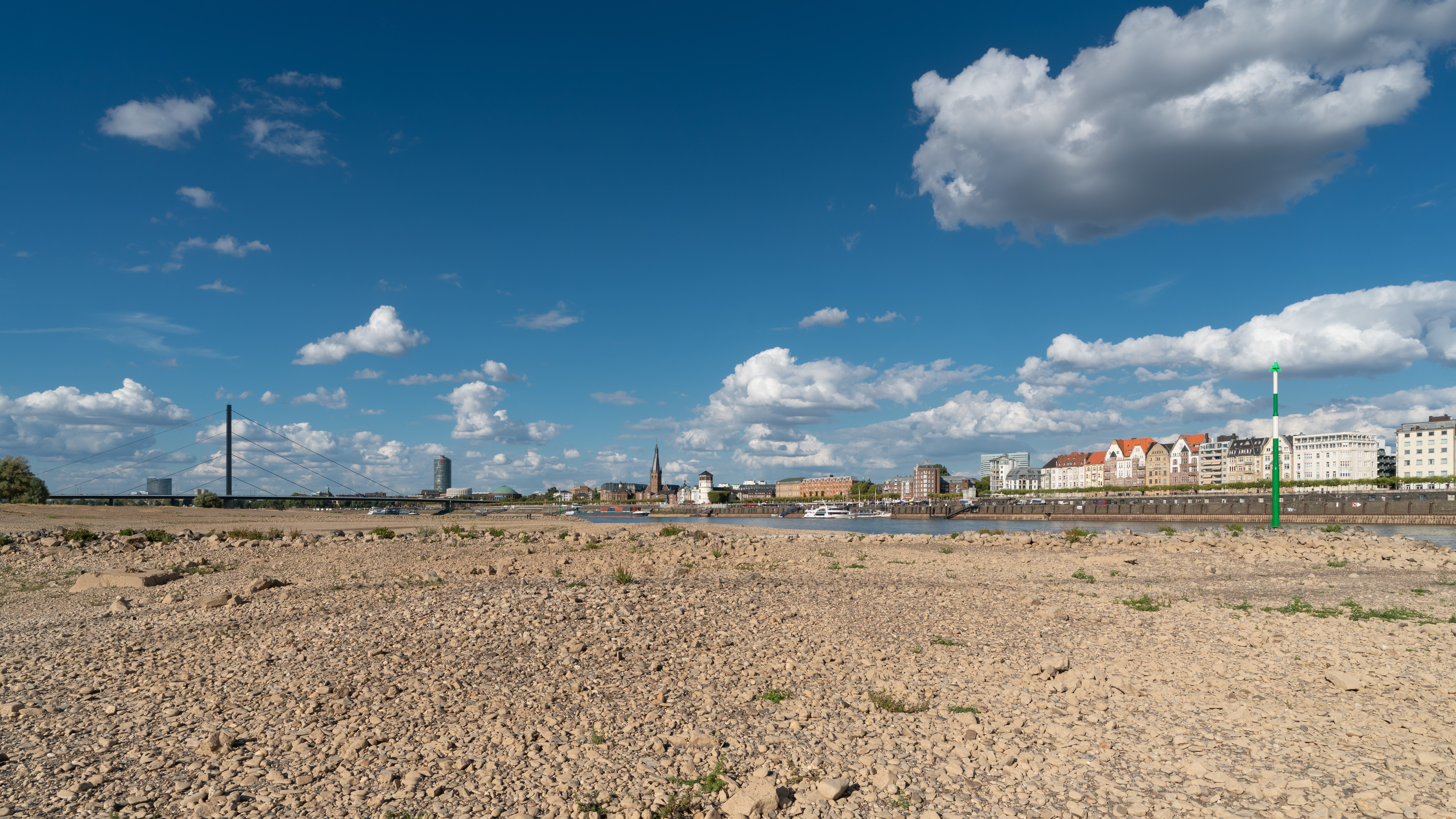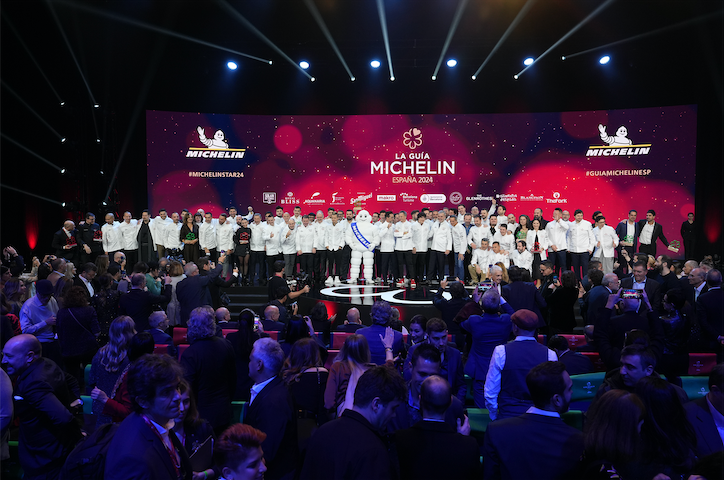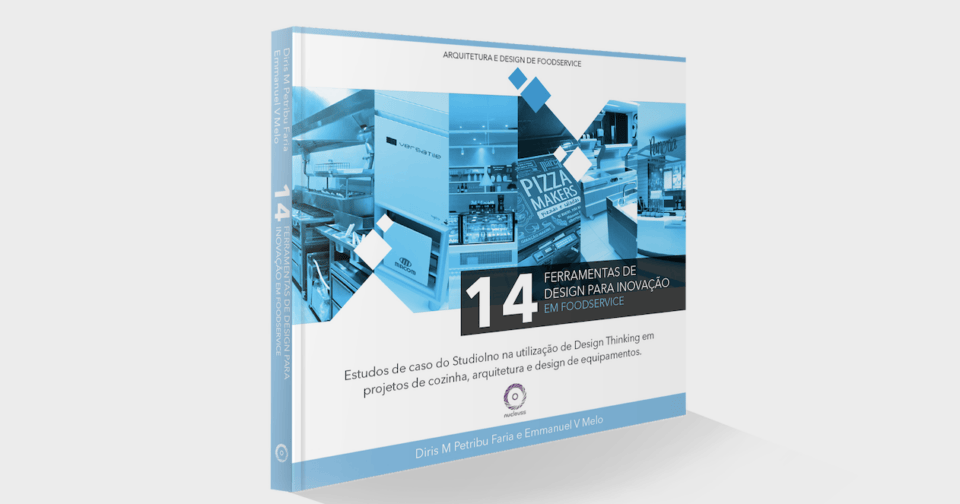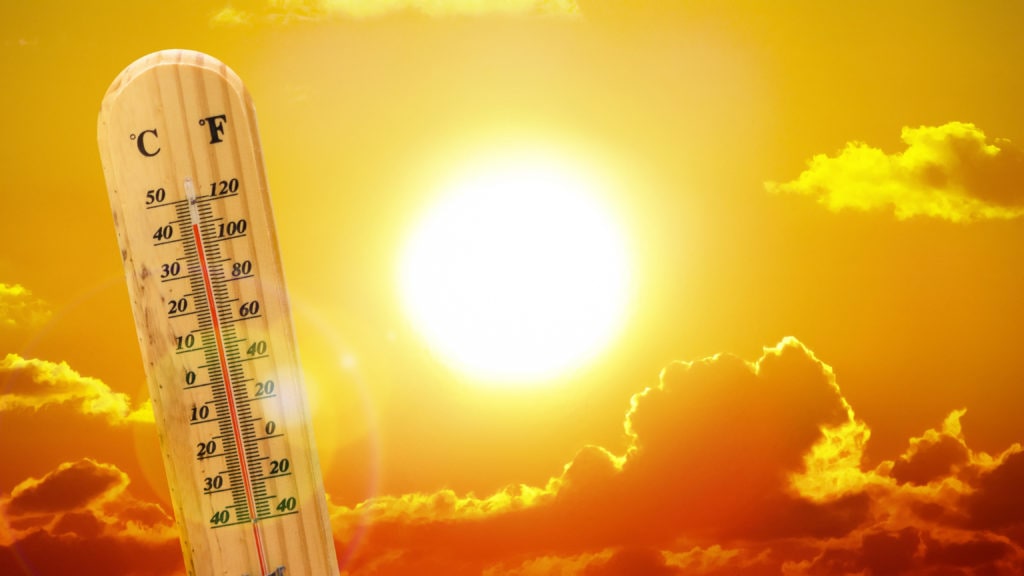
The UK’s Met Office has called it “remarkable.” Swathes of Europe went weeks without rain and its northernmost extremities reached well over 30 Celsius. The summer responsible for these historic temperatures still isn’t over.
Infrastructure across the continent has sweltered beneath the unprecedented heat, with agriculture hit harder than most. Wilted crops and dehydrated livestock have precipitated poor yields, with farmers warning it won’t be long before consumers feel the effect in the form of rising prices. Feed supplies normally held back for the winter are being dipped into now to tide production over. Sprouts are among the worst hit crops, meaning revelers basking in the hot weather now could see their Christmases ruined.
Political stasis around the need for a multilateral solution to global warming makes rising costs inevitable. While it’s one major challenge faced by foodservice consultants in the coming years, Europe faces a looming cocktail of crises threatening to turn the supply chain into a supply pain.
Can foodservice stand the heat?
The European Environment Agency’s predictions suggest 2018’s heat could be small fry compared to the worst-case scenarios, with overall rises of over five Celsius possible by the end of the century. If heat waves become more sustained and more intense, this year’s supply chain woes could explode into full-on catastrophe.
Chris Stern FCSI says “all sectors” are being bent out of shape as climates change: “grazing land for animals is changing as much as the more obvious immediate impact we may see on crops via heat, cold and flooding.”
There’s no doubt this will change the face of the foodservice industry, but evolution is possible. “The changes are reasonably slow, meaning there is time to adapt accordingly,” argues Stern. “Suppliers who fail to be agile will struggle though, as agility is an increasingly important factor.”
Suppliers ill-equipped to deal with rising temperatures are facing a sink-or-swim moment. It’s not the only quandary they face over the next few years.
From oncoming cloud to perfect storm
Were agriculturalists facing climate change in isolation, adapting slowly but firmly might be a possibility. But the issue isn’t being faced in a vacuum; the supply chain is a many-headed beast.
Political and economic tensions are swirling in Europe. President Trump’s protectionist turn has seen America impose unprecedented levies on products like Spanish olives, threatening the bottom lines of some of the continent’s most traditional producers.
And even within the EU’s 28 country bloc, all is not well. Greece has finally emerged from the bailout that followed its near-default in 2015, but the strictures accompanying the programme mean its withered economy has a lot of recovering to do. In Italy, borrowing creeps inexorably upwards, while the deadly collapse of a motorway bridge in Genoa earlier this month highlighted the country’s infrastructural shortcomings. In short, Europe is still far from an economic Eden. The Eurozone debt crisis proved a sudden shock in one area has far reaching consequences for supply chains.
Brexit represents the biggest shock of this kind on the immediate horizon. As negotiations continue, the long-term relationship between Britain and the EU remains unclear. However commentators are making pessimistic noises about the short-term impact on both sides of the English Channel as the October deadline for departure draws near.
The UK’s National Farmer’s Union has warned Britain could run out of food by August 2019 thanks to the brake on decades-old trading arrangements. There has been drama in Brussels too, with the European Commission proposing a 5% cut in agricultural expenditure from 2021 to compensate for the Brexit budget hole.
Will these dire tidings come to fruition? Stern has some words of comfort. “I anticipate in the long run everything will settle down,” he says. However, businesses should anticipate “a massive blip next April; there is no way the EU are going to make it easy for us, as they know others would then follow suit.”
What can consultants do?
Between a changing climate and political turmoil, businesses can bank on costs increasing over the coming years.
This makes the role of foodservice consultants ever more important in guiding their clients through inclement conditions. Stern suggests there are two priorities to bear in mind.
The first is supply. “There’s already a strong movement to make use of locally sourced products and products in season,” says Stern. What is needed, he argues, is an attitude shift: “people need to get real about insisting on sourcing products throughout the year.”
This feeds into the next key priority: cost. “It’s firstly about using seasonal, local products, then about ensuring caterers offer great value,” explains Stern. “Customers will only spend more money if they perceive they are getting great value.”
This takes care of the short term; how climate change and political turmoil will have affected foodservice a decade from now is impossible to see. But, for savvy consultants, there are opportunities as well as obstacles in the form of new markets opening up.
“UK wine is a good example,” Stern points out. “It’s all about making the best of new products rather than moaning about those you can no longer source economically. Back to being agile and in touch.”
Agility and adaptability must be watchwords for consultants across the world. There’s no doubt unprecedented supply chain disruption is on the periphery. As received wisdom is put to the test and new markets open up, those who fail to keep up could wilt beneath the heat of change.
Thomas Lawrence




